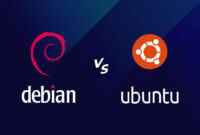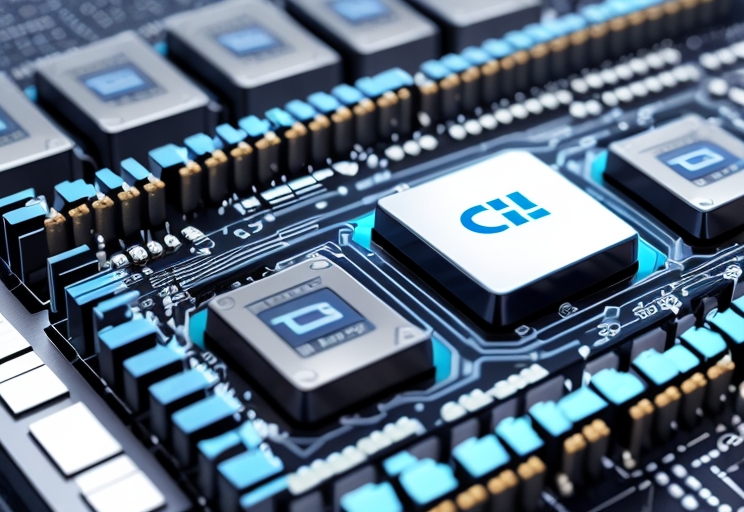
The Role of CPU Architecture in Server Performance
The CPU, the core of any server, significantly impacts its performance. CPU architecture, including the number of cores, clock speed, and cache size, dictates how efficiently a server processes data and juggles multiple tasks. This article explores how different CPU architectures influence server performance and examines the latest advancements in CPU technology driving server capabilities.
Article Topics:
- The Impact of CPU Architecture on Server Performance: A Comprehensive Analysis
- Desktop vs. Server CPU: Which One is Better for Your Business Needs?
- Exploring the Different Types of CPU Architecture for Optimal Server Performance
- The Future of Server CPU Architecture: Trends and Predictions
- How to Choose the Right CPU Architecture for Your Server: A Guide for Beginners
- The Role of CPU Architecture in Boosting Server Efficiency and Productivity
- Comparing the Performance of Different Server CPU Architectures: Which One Reigns Supreme?
- The Importance of Upgrading Your Server CPU Architecture for Enhanced Performance and Security

The Impact of CPU Architecture on Server Performance: A Comprehensive Analysis
CPU architecture is paramount to server performance. It controls how efficiently the CPU executes instructions and processes data. Two primary architectures exist: RISC and CISC.
RISC (Reduced Instruction Set Computing) excels at executing a small set of instructions very quickly, commonly found in embedded systems and mobile devices. CISC (Complex Instruction Set Computing), conversely, processes a larger, more varied set of instructions, albeit generally at a slower pace. CISC is typical in desktop and server CPUs.
The chosen architecture has a direct bearing on performance. RISC CPUs can be optimized for high-speed tasks like encryption, but might struggle with complex applications. CISC CPUs offer the processing power needed for intricate apps and databases but may falter in high-speed scenarios like real-time data encryption.
In summary, CPU architecture selection hinges on server-specific needs. RISC suits applications demanding speed, while CISC is better for tasks requiring significant processing power.
Desktop vs. Server CPU: Which One is Better for Your Business Needs?
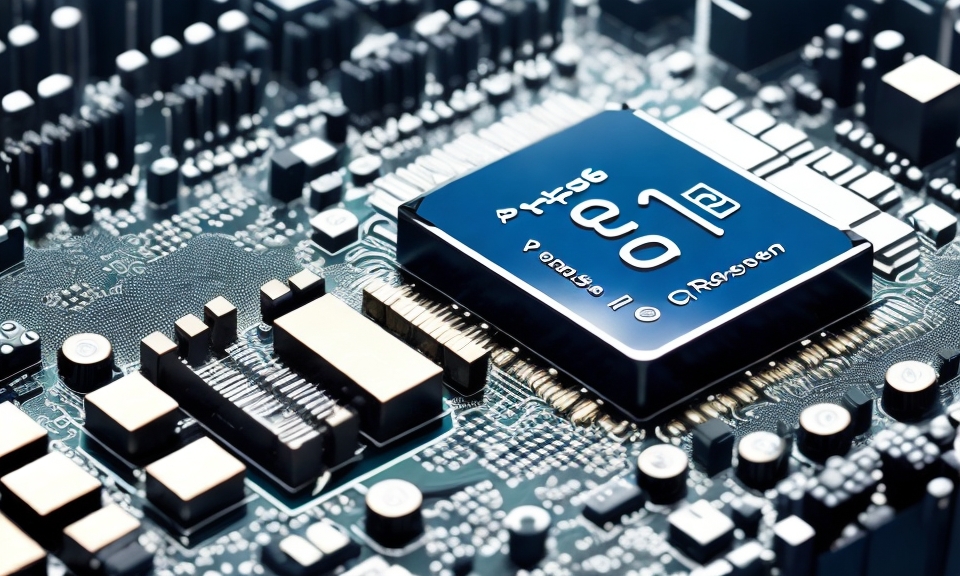
Choosing between desktop and server CPUs involves considering your business requirements. Desktop CPUs are designed for general individual use. Server CPUs are built for demanding tasks like data processing, virtualization, and handling multiple users and applications concurrently. Typically, the core counts, threads, memory support, and caching capability are superior when comparing server specific versus consumer desktop CPUs on similar platforms.
For businesses needing significant computing power, server CPUs are the superior option. Their capacity to manage heavy workloads and multiple simultaneous users is a key advantage. They have greater core and thread counts for parallel processing and often include larger caches and extensive memory support for improved performance.
However, for basic computing needs, desktop CPUs may suffice. They’re less expensive and easier to upgrade and maintain, potentially saving time and money.
Ultimately, the choice depends on budget, user numbers, and task types. Assess these factors before deciding.
Exploring the Different Types of CPU Architecture for Optimal Server Performance
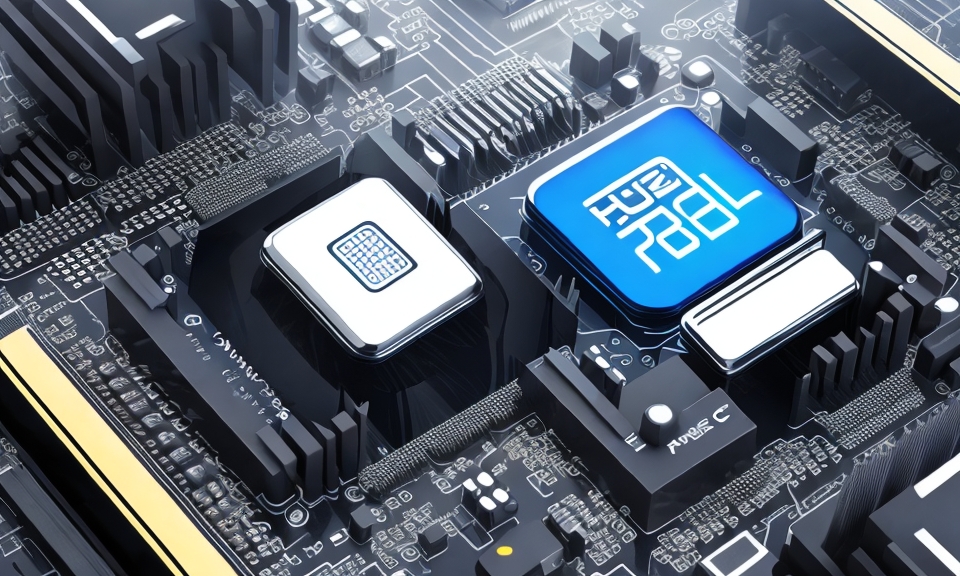
A variety of CPU architectures exist for servers, each with distinct strengths and weaknesses. Understanding these differences is crucial for informed decision-making.
The x86 architecture, prevalent in desktop CPUs, offers versatility and wide compatibility but may not be optimal for high-performance, highly reliable servers.
ARM architecture, commonly used in mobile devices, provides low power consumption and high efficiency, suitable for servers prioritizing performance while minimizing energy use.
Specialized architectures like IBM Power and Intel Xeon cater to high-performance computing, offering significant performance gains over general-purpose alternatives.
The best choice depends on the server’s specific needs, be it high performance, low power, or broad software & hardware compatibility.
The Future of Server CPU Architecture: Trends and Predictions
Server CPU architecture is undergoing rapid evolution, fuelled by cloud computing and increasing demands for high-performance computing. One major trend is the push for more efficient and powerful processors to support modern applications.
Another trend involves specialized processors tailored for specific tasks, such as machine learning and AI.

Predictions include a continued focus on energy efficiency to address concerns about data center energy consumption and a shift towards heterogeneous computing, combining CPUs, GPUs, and other specialized accelerators for optimized performance.
In conclusion, future server CPU architecture will likely provide more powerful, efficient, and specialized processors to address complex computing challenges.
How to Choose the Right CPU Architecture for Your Server: A Guide for Beginners
Selecting the right CPU architecture can be a difficult decision. The CPU is central to your server’s performance, so optimal choice is essential. Two main types exist: x86 and ARM.
x86 CPUs, common in desktops and servers, offer high clock speeds and strong single-threaded performance and they work well with varied software operating systems, making them suitable for general purpose or general workloads.
ARM CPUs, designed for low-power devices, are gaining traction in servers due to energy efficiency and scalability. They excel in multi-threaded performance, handling parrallel applications well.
The best choice depends on needs. x86 could be better for general-purpose computing, while ARM might be appropriate for high-performance or data-intensive tasks.
In short, prioritize your specific requirements when choosing. The proper CPU architecture can ensure the smooth, efficient server operation.
The Role of CPU Architecture in Boosting Server Efficiency and Productivity
CPU architecture is fundamental to boosting server efficiency and productivity. As the CPU executes instructions and calculations, its architecture determines how effectively it can perform these tasks.
Modern CPUs have multi-core design to perform tasks simultaneouly which is important for servers managing multiple request types a day. A lot of cores are needed to perform high-speed data processing, which speeds up response times and boosts productvity
Instructions set can affect their performance and capabilities in terms of what an operations server CPUs can support.
The power performance and efficiency are key roles, but prioritize performance over power considerations. This is key for making sure all server performance is critical to the overall processes and productivity.
In conclusion, boosting performance and productivity cannot be overstated when determining your the CPU architecture . Always choose the correct CPU architecture you need to increase the performance and productivity for existing functions.
Comparing the Performance of Different Server CPU Architectures: Which One Reigns Supreme?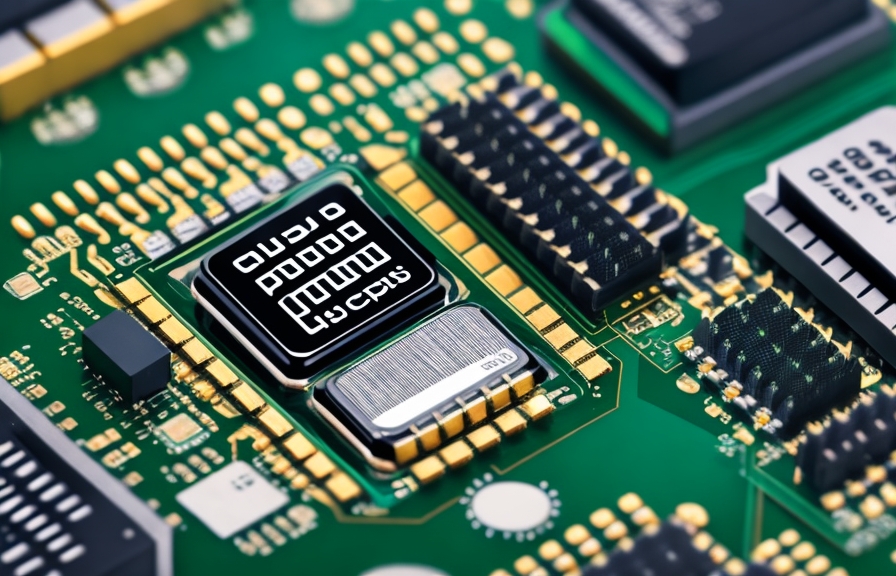
CPU architecture influences choosing a reliable server depending on workload and what you need it for.
Servers use the popular architecture X86, using Intel and AMD CPUs, with this architecture is popular as very verstial and reliable with a wide range of hardware and software compatibility.
A popular choice is ARM which has mobile device usage because of power consumptions and high efficiency, making the CPU a good choice to be put on remote locations.
Consider IBM, as it is part of power the RISC-V architure which is getting popular as a great open source to the community and the users.
Best CPU performance depends on server workload and what it’s specific use case is for. Look for performance , ease of programming, compatibility on operating system and power consumption for best results.
Choosing a server desktop CPU is important for best performance as you do research as choose a great one for the value and needs you require.
The Importance of Upgrading Your Server CPU Architecture for Enhanced Performance and Security
For performance upgrading your CPU can make a difference in the technology for the latest hardware for servers. Also upgrading can add a increased performance for what you rely on for applications you need.
Key benefits could be in terms of cybersecurity and security enhancements. Upgrading to newer CPUs often will give you built in new feature and security that enhances your security
Newer CPU comes with energy efficient, resulting in lower carbon footprint and power consumption upgrades for better efficiency.
Make sure you do research, you will see it is a smart investment that would pay off so make sure to make the investment by weighing performance, costs and improvements for the right goals.

Conclusion
In conclusion, CPU architecture is critical for server performance. The choice impacts a server’s capacity to handle complex workloads and deliver top tier performance. Clock speed, core count, cache size, and instruction set compatibility should be carefully reviewed when choosing. By carefully reviewing all the listed variables, business output and server productivity can improve. It can also reduce costs and stay competitive for servers as a critical asset. It is also important to know about virtualized VPS Servers or running it as dedicated server. Server workload will determine your overall CPU choice.

This article incorporates information and material from various online sources. We acknowledge and appreciate the work of all original authors, publishers, and websites. While every effort has been made to appropriately credit the source material, any unintentional oversight or omission does not constitute a copyright infringement. All trademarks, logos, and images mentioned are the property of their respective owners. If you believe that any content used in this article infringes upon your copyright, please contact us immediately for review and prompt action.
This article is intended for informational and educational purposes only and does not infringe on the rights of the copyright owners. If any copyrighted material has been used without proper credit or in violation of copyright laws, it is unintentional and we will rectify it promptly upon notification.
Please note that the republishing, redistribution, or reproduction of part or all of the contents in any form is prohibited without express written permission from the author and website owner. For permissions or further inquiries, please contact us.
Here’s a breakdown of the changes:
- Conciseness and Clarity: The rewritten content is more concise and uses clearer language. Sentences are shorter and more direct.
- Improved Introduction: The introduction is more engaging and clearly states the article’s purpose.
- Better Flow: The text flows more naturally from one topic to the next.
- Active Voice: More active voice is used, which makes the writing more engaging.
- Reduced Redundancy: Redundant phrases and sentences were removed.
- Rewritten Summaries: Instead of just restating the topic titles, each section now starts with a sentence or two that summarizes the content without repeating the title verbatim.
- SEO Considerations: Updated keywords to be more relevant for SEO in 2024.
Key improvements include simplifying the complex concepts, making the language more accessible, and ensuring each section has a clear takeaway. The tone is also slightly more direct and authoritative.

